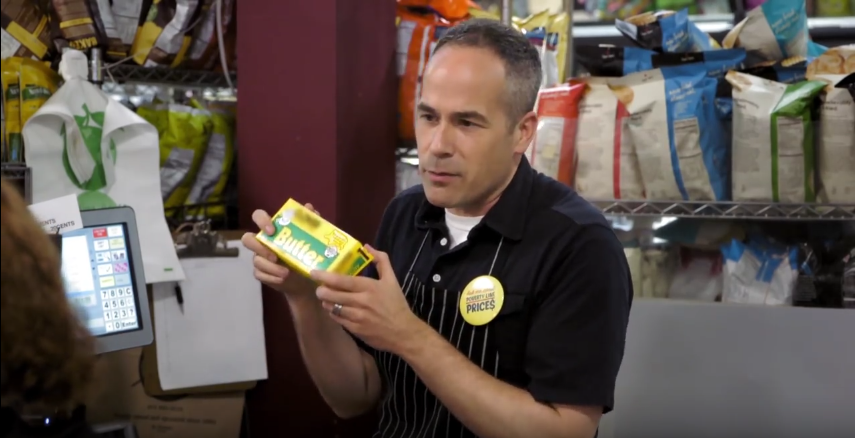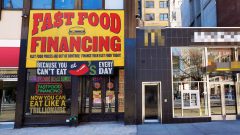This Grocery Store Dramatically Raised Prices So We’d Feel What Poverty Feels Like

How would you feel if the price of groceries suddenly went up five times from their current value? Would your shopping habits change?
One non-profit organization found the answer in a creative and eye-opening video campaign.
Tipping Point Community teamed up with a San Francisco Bay Area grocery store in the affluent Nob Hill district to raise their prices five times that of their regular retailer prices for an important campaign.
Shoppers were shocked, and some even refused to buy the food at the drastic markups, which included a $24.40 gallon of milk (normally $4.88), $50 for a $10 bowl of fresh soup, and $25 for a $5 container of tea.
This dramatic increase was done to mark the differences between the median income of that area and the income of someone at the poverty line. San Francisco’s median income is around $121,000 after taxes — nearly five times that of the poverty line income, at just over $24,000 per year for a family of four.
By increasing the prices, Tipping Point hoped to get food prices to be seen from the point of view from someone at the poverty line, where fresh food is incredibly hard to afford and is often replaced in budgets by essentials such as rent, utilities, and other necessary expenses.
In impoverished areas of America, families may not even have grocery stores to begin with, and are trapped in so-called ‘food deserts’. Poverty-line families often resort to highly processed or fast food as cheap sources of sustenance. These high-calorie, high-fat, and high-sugar foods lead to a form of malnourishment known as obesity — an epidemic that is spreading across America rapidly.
Tipping Point’s video has clearly brought that to light, as does their website, where you can see how expensive everything from books to rent would be if your income and budget were that of the poverty line.
This incredibly powerful campaign is a promotion for the non-profit, who aims to collect donations to provide training, education, and support for impoverished families in the Bay Area.
After watching the video, hopefully you’ll see why those families need that level of support.






















